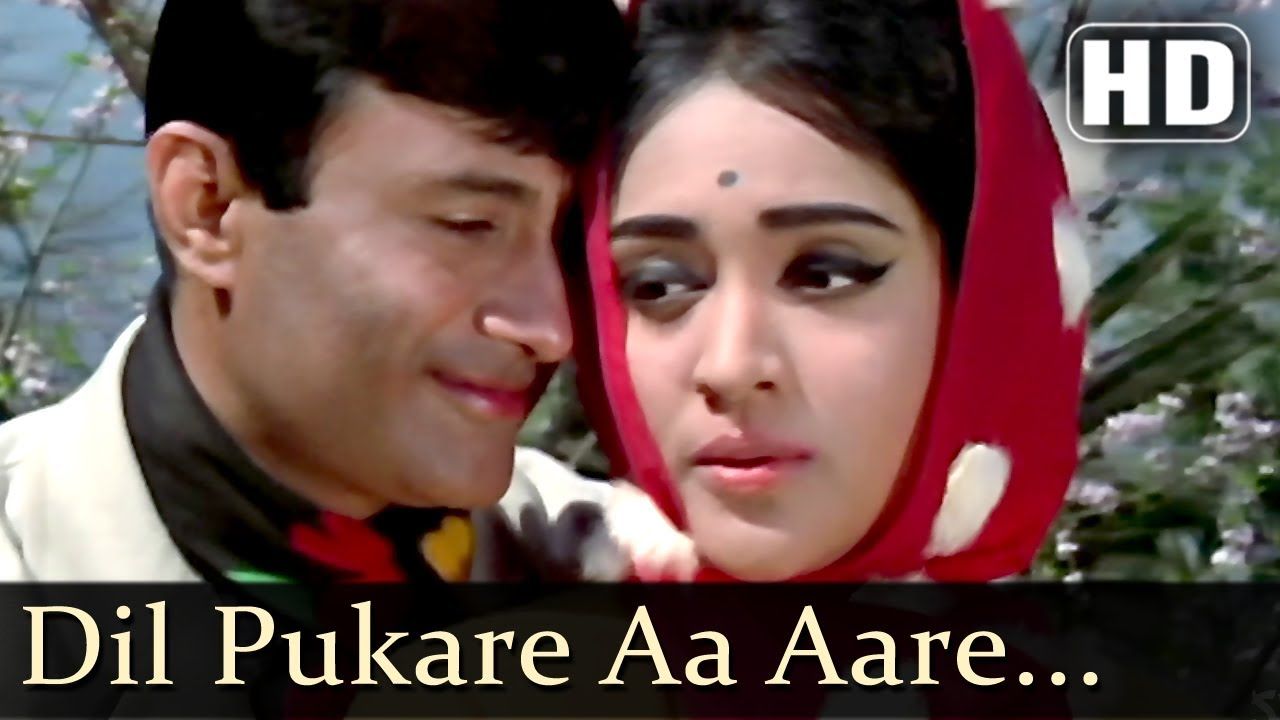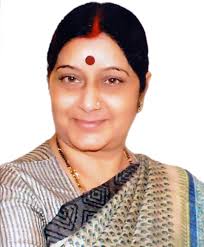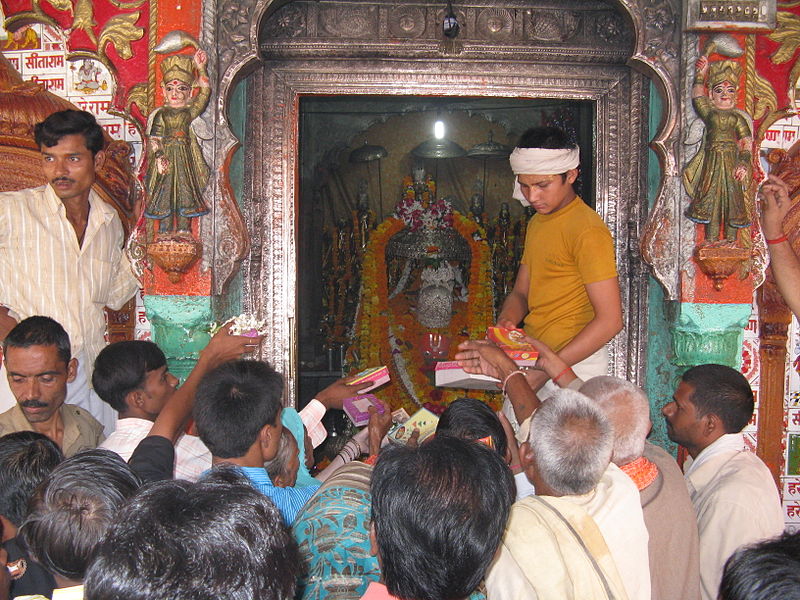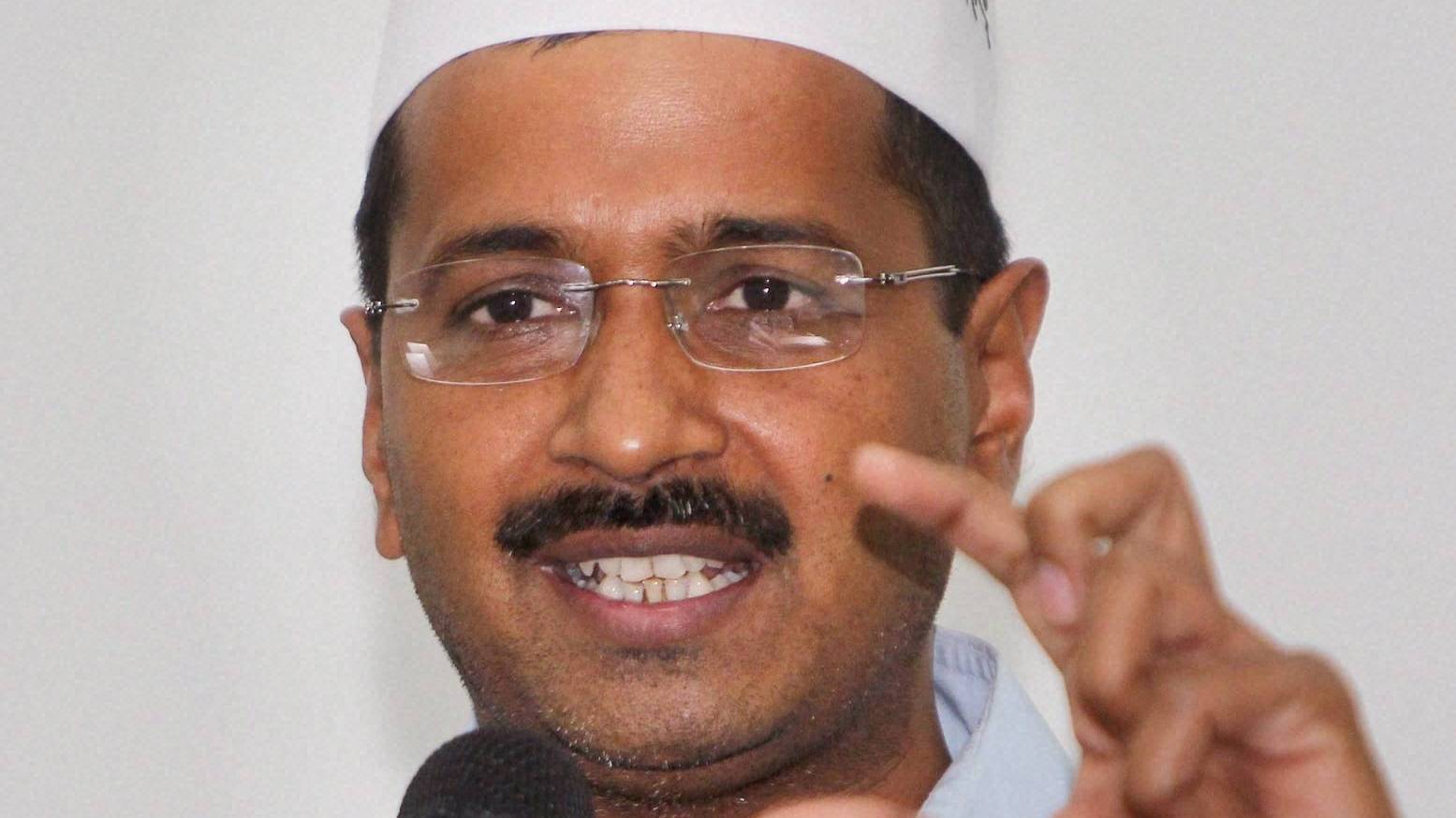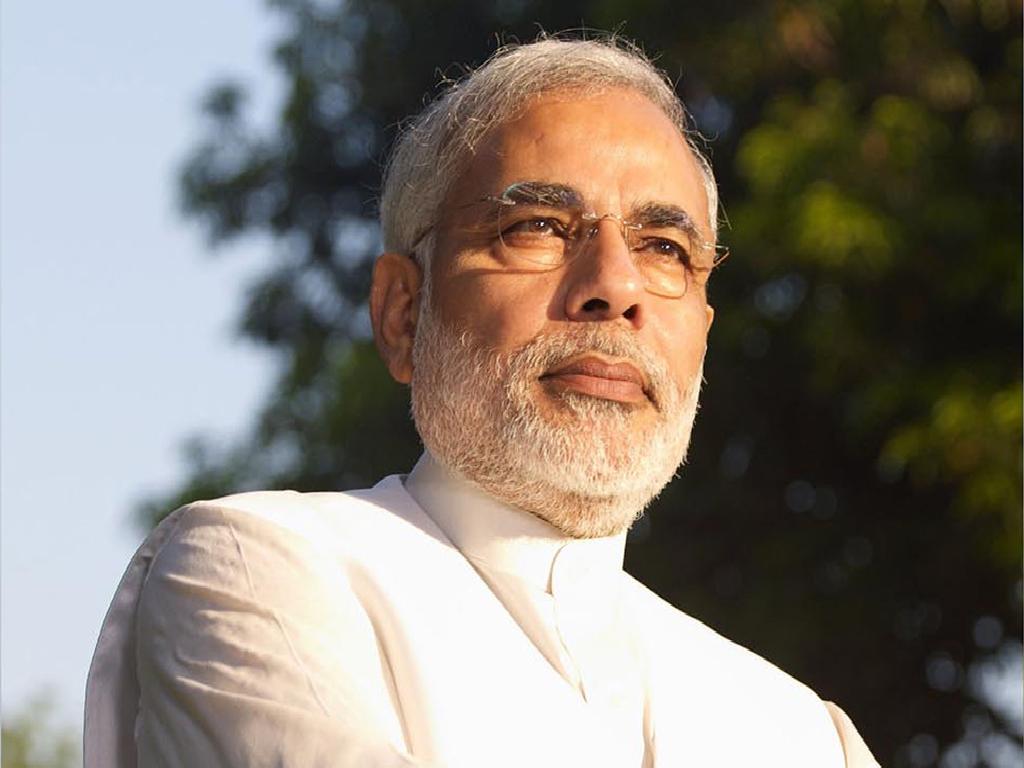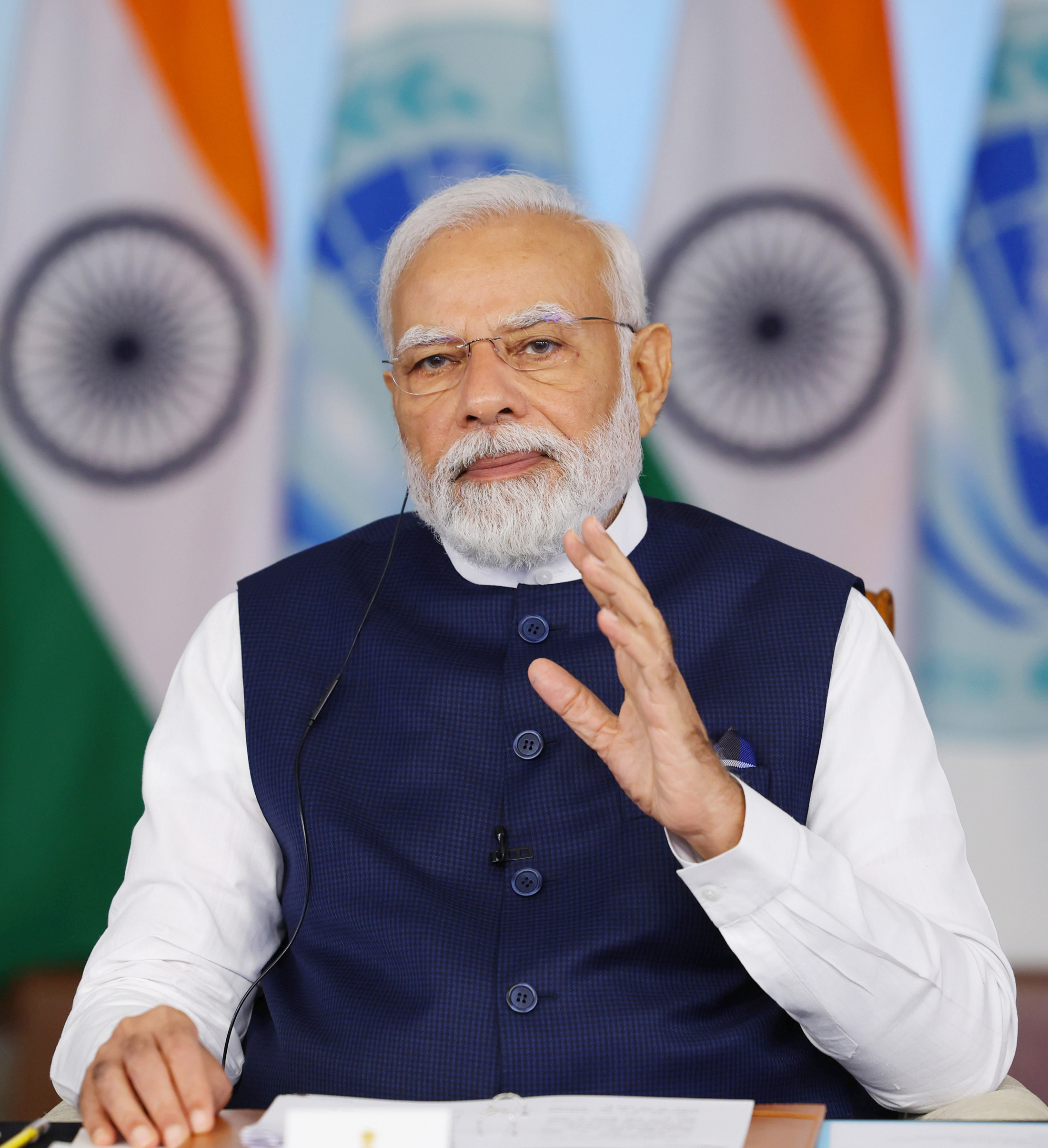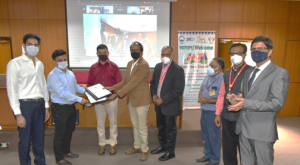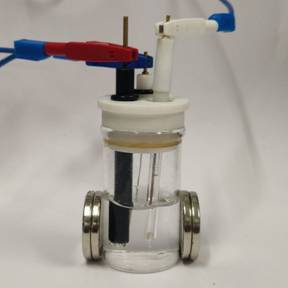Monster of price controls raises head
Ravi Shanker Kapoor | June 4, 2016 2:27 am

Price controls are in. From cab aggregators to medicines and genetically modified (GM) cotton seeds, they are making their presence felt. The entire political class—from the Bharatiya Janata Party regime at the Centre to the Aam Aadmi Party and Congress governments in Delhi and Karnataka, respectively—is increasingly taking recourse to imposing caps on the prices of goods and services. Populism is gaining ground at the expense of prudence.
The Central government is reportedly working to bring such taxi aggregators as Uber and Ola under the Motor Vehicles Act so that tariff rates could be fixed or dictated.
Last month, the drug pricing regulator, the National Pharmaceutical Pricing Authority (NPPA), cut the prices of 54 essential medicines by up to 55 per cent. These included commonly used drugs for cancer (brain and breast), hypertension, diabetes, antibiotics and other heart disorders. The move is aimed at bringing down prices of commonly used drugs for critical diseases by expanding span of price regulation to cover new drugs, NPPA Chairman Bhupinder Singh told The Times Of India (May 12).
Earlier, the Drug Price Control Order (DPCO), 2013, had imposed price caps on over 652 formulations.
Last year, the government had imposed intrusive price controls on GM cotton seeds. Later interventions have also displeased technology companies like US-based Monsanto.
On the face of it, most interventions are justifiable and desirable. For nobody would say that city commuters should be fleeced, the poor deprived of affordable medicine, the farmer forced to buy expensive seeds, and so on. Noble sentiments, good intentions, but we should not forget that the path to hell is paved with good intentions. This is exactly the case of price controls.
To begin with, price controls mean state intervention, an augmented role of politicians and bureaucrats. Now, given the kind of politicians and bureaucrats we have in our country, greater discretion to them invariably translates into more complicated procedures, corruption, and shortages. This is not just theory; the country witnessed shortages in the pre-liberalization era. There were queues, quotas, licences, permits, etc., not only for businessmen but also the man in the street. One was harassed and tormented for something as innocuous as building a house (cement quota) and getting the daughter married (sugar quota).
India is not the only country where price controls have caused trouble for ordinary people; in the US, too, regulated fuel prices after the oil shock in the 1970s failed miserably.
In the case of surge pricing, the government would be extremely hypocritical if it stops it, for its own departments are involved in such practices, the practices that, by the way, are regarded as normal across the sectors. What else are ‘happy hours’ that restro-bars promote? What is the Tatkal service of Indian Railways? What are off-season discounts offered by hotels in touristy locations?
As for price caps in the pharmaceuticals sector, there is evidence to support that these have proved to be ineffectual. A 2015 report by global information and technology services company IMS Health said that price control is ineffective at best and counter-productive at worst. According to the report, ‘Assessing the Impact of Price Control Measures on Access to Medicines in India,’ price control is a poor strategy to improve access to medicines.
As regarding state intervention in other areas, the unintended consequences of price control are familiar: the better-off sections of society rather than low-income targets gaining from the DPCO 2013. “The consumption of price-controlled drugs in rural areas has decreased by 7 per cent over the past two years, while that of non-price controlled products has risen by 5 per cent.”
Further, the report said, price control has increased margin pressures for small and mid-sized companies, adversely impacting both employment and investment opportunities in the sector. “These conclusions are corroborated by similar outcomes in China, the Philippines and South Korea, where price controls have consistently failed to improve overall access to medicines.”
In February this year, Professors Arvind Sahay and Saravana Jaikumar of the Indian Institutes of Management (IIM), Ahmedabad and Udaipur, also came to similar conclusions. Their study found that the DPCO 2013 ended up decreasing the availability of essential drugs, especially in villages.
Therefore, the question is: why does the political class fall back upon the solutions whose failure has been proved several times and at several places? Albert Einstein defined insanity as “doing the same thing over and over again and expecting different results.”
There is no method in the madness, but there is an explanation. It has to do with politicians’ desire to appear to be pro-poor, champions of common man, etc., and not to appear as supporters of business. The problem is not as much with this desire—in which democracy, or even in a non-democracy, rulers would like to be seen as anti-poor—as with the perverted public discourse that we have in our country.
It is a well-known fact that public discourse is carried out in an idiom that is essentially socialist. We are told that businessmen fleece customers, so the best way to protect the latter is… well, government control. More rules and regulations, more bureaucrats and publicly-funded expert bodies, more tribunals and regulators. Nobody—surely nobody in the government—is willing to look at the ways and means that do not necessitate a bigger state. Why not improve the conditions of government hospitals and expand primary health centres? Why not check substandard and counterfeit medicines? Why not make health insurance more widespread? Why not loosen up the red tape so that more cab aggregators enter into the fray, increase completion, and thus make travel cheaper? Why not galvanize agricultural research?
Evidently, politicians of all hues are content with talking about out-of-the-box solutions. The state, meanwhile, grows in size and ferocity. Leviathan becomes ferocious by the day.



